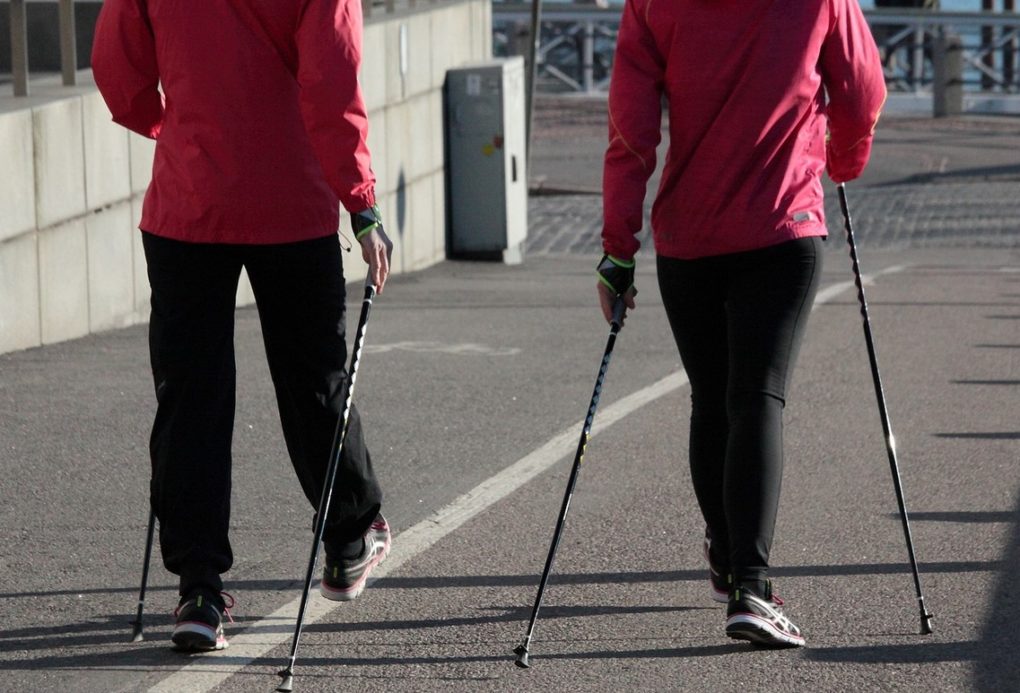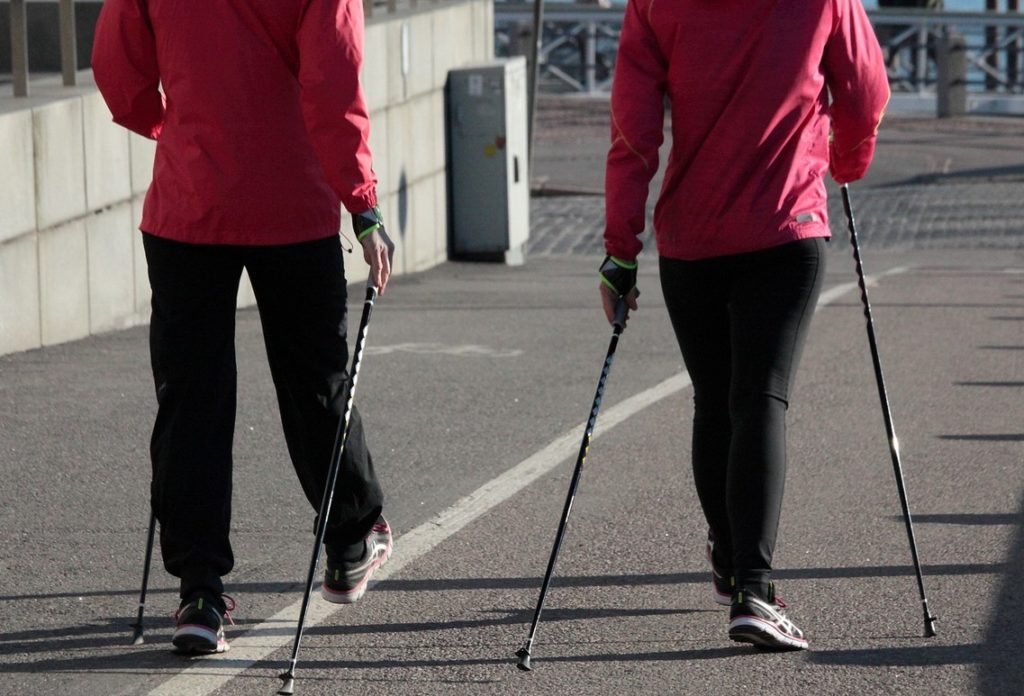22 Minutes of Brisk Walking a Day Could Prevent Fatty Liver Disease
Currently, the U.S. Department of Health and Human Services recommends 150 minutes of moderate to intense exercise weekly to maintain good health. If you’re breaking that down, it’s about 22 minutes a day! Now, a new study by Penn State College of Medicine researchers is adding even more incentive to follow this healthy prescription. Study authors say reaching this benchmark for exercise can protect against fatty liver disease.
“Our findings can give physicians the confidence to prescribe exercise as a treatment for nonalcoholic fatty liver disease,” says Jonathan Stine, associate professor of medicine and public health sciences, and hepatologist at Penn State Health Milton S. Hershey Medical Center, in a university release. “Having a target amount of physical activity to aim for will be useful for health care and exercise professionals to develop personalized approaches as they help patients modify their lifestyles and become more physically active.”
Non-alcoholic fatty liver disease (NAFLD) impacts almost 30 percent of people around the world. Unlike liver disease resulting from drinking too much alcohol, NAFLD is often the result of obesity, Type 2 diabetes, or having high blood pressure, high cholesterol, or high triglyceride levels.
With time, the condition can lead to even more serious complications such as cirrhosis (liver scarring) and cancer. To make matters worse, there aren’t any approved drugs or cures for the condition. This is why it’s so important to know that something generally accessible to many people like exercise can reduce liver fat and improve overall physical health and quality of life.
Working out for 150 minutes triples the chances of lowering liver fat
Stine says that previous research has failed to narrow down just how much exercise, or what “dose” of it is necessary in order to produce clinically significant results. He and his team analyzed 14 studies including a total of 551 patients with NAFLD, who participated in randomized, controlled trials focusing on exercise interventions. They evaluated data such as age, sex, body mass index, change in body weight, adherence to the exercise protocols, and MRI-measured liver fat levels.
 Life Extension FLORASSIST Liver Restore – Daily Probiotics & Prebiotics Supplement for Liver Enzyme Health Support and Detox – for Men & Women – Gluten-Free, Non-GMO, Vegetarian – 60 Capsules
Life Extension FLORASSIST Liver Restore – Daily Probiotics & Prebiotics Supplement for Liver Enzyme Health Support and Detox – for Men & Women – Gluten-Free, Non-GMO, Vegetarian – 60 Capsules
In order to consider the impact clinically significant, there had to have been a 30-percent relative reduction of liver fat, as measured by MRI. Researchers show that exercise is 3.5 times more likely to produce these results compared to conventional methods of care.
In a second analysis, the team determined what the optimal “dose” of exercise was, finding that 39 percent of the patients who either reached or surpassed the equivalent of 150 minutes of weekly brisk walking were able to reach this healthy liver threshold. Only 26 percent of those who exercised less than this reached this mark. The findings back the recommended amount of exercise by the American Gastroenterological Association and the European Association for the Study of the Liver.
“Exercise is a lifestyle modification, so the fact that it might match the ability of in-development therapeutics to achieve the same outcome is significant,” says Stine, a Penn State Cancer Institute researcher. “Clinicians counseling patients with NAFLD should recommend this amount of activity to their patients. Brisk walking or light cycling for 1/2 an hour a day five times a week is just one example of a program that would meet these criteria.”
Source: Study Finds
Image: Pixabay


 By
By 